Introduction: Safety Beyond Compliance
In offshore industries, safety is often viewed through the lens of compliance-rules, checklists, and audits. While regulations are critical, true safety goes deeper. It’s about cultivating a skilled, empowered workforce that can anticipate risks, respond effectively, and drive continuous improvement. Offshore projects-whether wind farms, oil platforms, or subsea infrastructure-are only as safe as the people who build and operate them.
The Complexity of Offshore Safety
Offshore projects combine multiple high-risk factors: deep waters, heavy equipment, unpredictable weather, and remote operations. A minor error can escalate into major accidents. Traditional safety systems-alarms, equipment safeguards, and protective gear-are essential but not sufficient. The human factor remains the most decisive variable.
Why Skill Development is Central to Safety
- 1. From Rule-Following to Risk Anticipation: Skilled workers don’t just follow protocols-they understand the “why” behind them. This deeper knowledge empowers them to identify hazards before they escalate.
- 2. Adapting to Technological Change: With automation, robotics, and digital monitoring becoming integral to offshore projects, today’s workforce must bridge technical expertise with operational insight.
- 3. Cross-Functional Competence: Offshore teams often work across disciplines-mechanical, electrical, marine, and environmental. A skilled workforce equipped with multi-domain knowledge ensures better collaboration and faster problem-solving.
Leadership’s Role in Building Safer Projects
Creating a skilled workforce is not just an HR initiative-it’s a strategic leadership responsibility. Offshore leaders must:
- 1. Invest in continuous training programs that blend technical skills with safety awareness.
- 2. Foster a safety-first culture, where speaking up about risks is encouraged, not penalized.
- 3. Leverage mentorship and knowledge transfer, ensuring that experience from senior experts is passed on to younger professionals.
The Evolution of Safety Culture Offshore
- Reactive → Proactive → Predictive
- 1. Reactive safety responds to incidents after they occur.
- 2. Proactive safety focuses on identifying risks beforehand.
- 3. Predictive safety, powered by workforce training and data tools, anticipates risks before they even emerge.
Technology + Skilled Workforce: The Future Equation
While advanced tools like digital twins, AI, and marine sensors enhance safety, their impact depends on skilled operators who can interpret and act upon insights. A future-ready workforce must be tech-savvy yet human-centered-balancing digital intelligence with field expertise.
Case in Point: Offshore Wind
The rapid expansion of offshore wind projects shows this balance in action. Skilled technicians trained in electrical systems, marine navigation, and safety protocols are not only maintaining turbines but also driving innovation in operational safety. Without continuous upskilling, the industry risks slowing its momentum.
Conclusion: Building Safer, Smarter Offshore Projects
Offshore safety doesn’t begin with machines or compliance checklists-it begins with people. A skilled workforce is the cornerstone of resilience, productivity, and trust in offshore projects.

